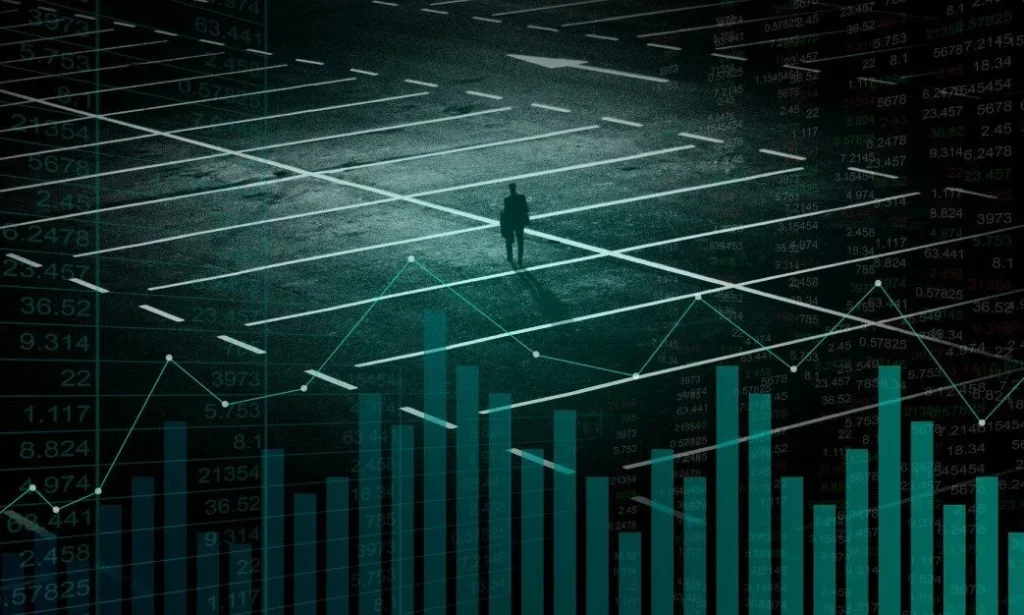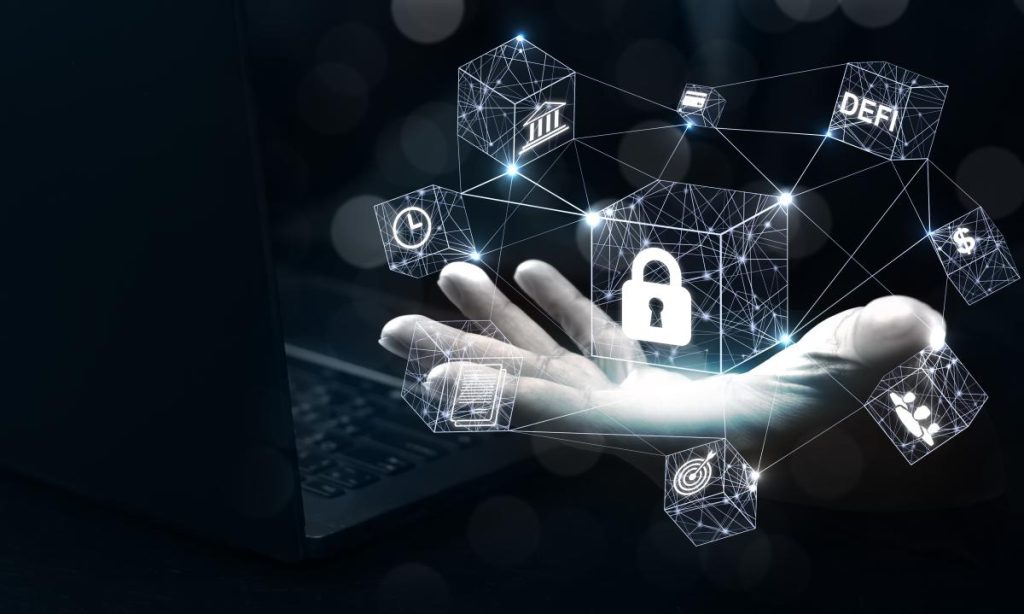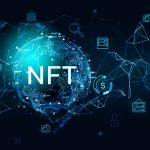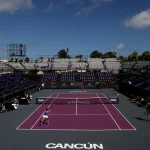Transformative developments in sports marketing and digital collectibles include the tokenization of player image rights. Non-fungible tokens (NFTs) of an athlete’s likeness can be minted by clubs, leagues, and tech platforms which gives them greater revenue and engagement opportunities with fans. However, as we approach 2025, the laws governing these assets are still extremely convoluted and change at a rapid pace. Stringent privacy laws and cross-border licensing issues bring both opportunities and challenges to imaging players on blockchains. This is particularly complicated from the standpoint of personal rights law. Any organization wanting to participate in NFTs whilst respecting athletes’ image rights and complying with international laws needs to navigate this landscape carefully.
The Fundamentals of Personality Rights and Image Licensing

Any player-image NFT project incorporates the athlete’s right of publicity or personality right—referred to as foundational in this context. A person has control of how their likeness is used commercially. In the U.S., these rights exist in form of state statutes, all of which have significant differences in scope and duration – governing jurisdiction. Right of publicity in California extends indefinitely beyond individual’s death; whereas, in states like New York and Illinois the right ceases to exist after the lifetime of the personality. This becomes a problem for sport organizations that want to issue image-based tokens because they have to work with very restrictive state-specific licenses. They would have to obtain clear licenses detailing territories, timeframes, and modes of utilization.
Personality rights all over Europe interrelate with data protection laws fused in the GDPR. An athlete’s image is framed in law as biometric or special-category personal data, and so it requires pre-contracted consent before usage. The immutable feature of blockchain poses a unique challenge for GDPR’s rule of “right to erasure.” As a result, many early 2025 tokenization projects use off-chain storage for sensitive metadata, or incorporate smart-contract mechanisms that allow unlinking on-chain ownership from off-chain image repositories if they revoke their consent.
A Detailed Look Into Blockchain System Design and Smart Contracts
The system of player-image tokens is based on sophisticated smart contracts and stringent metadata standards. Instead of putting main image files on the chain, most platforms embed a cryptographic pointer that links to off-chain storage networks like IPFS, managing and overseeing content with greater ease while decreasing data build-up. Smart Contracts then manage the streams of royalties: a proportion of primary-market mint revenues and secondary-market sales are automatically shared with the athlete, the issuing club, and other stakeholders. Best practices within the industry are that by 2025 royalty oracles which execute and verify payments in real-time will have to be transparent and auditable, enabling athletes to have unchangeable proof of each transaction executed.
This theorem preserves the concept of blockchain immutability while accommodating ever-evolving standards for legal withdrawal of consent. One further dynamic shift is the image featuring players which is known as the dynamic NFT system. It enables users to edit or remove certain metadata fields such as background scenes, image resolution, and ancillary media upon valid request by the player. Therefore ensuring that athletes are able to exercise the modification on their tokenised likeness.
Cross-Border Licensing with Borderless Regulation Coordination
Watching global sports such as football, basketball, or hockey translates into multi-million dollar businesses with fans from all continents. The trading of their tokenized images and digital souvenirs can easily invoke a myriad of jurisdictions. With how the legal landscapes are evolving, businesses stand to gain a lot by implementing arbitration and preferential law choice clauses in region neutral arbitration zones such as Singapore and Switzerland. Moreover, smart geo-fencing can smart fences digitally collectible IP tokens within region that legally prohibit their digitized likenesses.
For reasons such as these, select countries have gone the extra mile in developing sports-technology exemptions. Singapore has limited purpose NFTs that bestow unmatched fan experience privileges. Unlike most security bound digital tokens, fans don’t need to go through strenuous licensing procedures. Canadian and Australian regulators wholeheartedly support NFTs and deem them separate from financial barter tokens. Although, strict shifting anti-money laundering, consumer protection poly-fence measures are issued. Nevertheless, amid these progressive changes, it is paramount for token issuers to remain cautious as any shift towards splits ownership renders them liable to multiple jurisdictions of security law.
Most Effective Techniques for Tokenisation Agreements

There seems to emerge a shared understanding regarding the contractual components which protect tokenized image rights and enable fan ecosystems to persist by the middle of 2025. To begin with, agreements should specify a set scope of uses including applicable specific NFT type, applicable platforms, as well as promotional cont. Furthermore, most successful programs have adopted fixed term licences (commonly 3 to 5 years) and renewal options instead of perpetual grants. Such an approach allows both players and issuers to renegotiate as market forces and legal standards shift over time.
The most important aspect of all is the trust of the athlete concerning revenue models/shareholding. Leading smart contracts now implements tiered royalty waterfalls which guarantees that players receive a set percentage of primary market sales and recurring royalties from the secondary market as long as they hold certain rights and audit rights can enable their assertion to be verified on-chain. Data privacy laws necessitate any personal data incorporated in token metadata to be pseudonymised or encrypted, requiring players to able to activate metadata reclamation—effectively scrub any on-chain attachments to personal information—if they choose to invoke their right to erase.
Look at the ethics and emerging trends that need to be tackled in blockchains and sports industries
Technology and platfroms have led professions and industries to create automated workflows. As technology advances, there at times seems to be a gap between innovation and functionality. Futher, blockchain based sports leagues have placed markeing and NFT gates for a risk free buying opportunity and tried minimizing celebrity investment speculation through introducing classic share pricing.
For now, a generative AI powered multi-functional token with DAOs that allow altering representation of NPC a fan can interact in real time, on the fly, via data interactions.
This poses new legal boundaries for image right erasure mechanics that needs revision for boundaries for contractually defined derivatives and rights scope of origination for leasing license of likeness.
In 2025, the challenge the sports industry faces is coming up with regulations and guidelines for the use of blockchain technology that ensure respect, dignity and fans spiritual investment, in turn increasing brand value for use of strong personality-right protections that govern commercial dynamics of Endorsements.






Leave a Reply